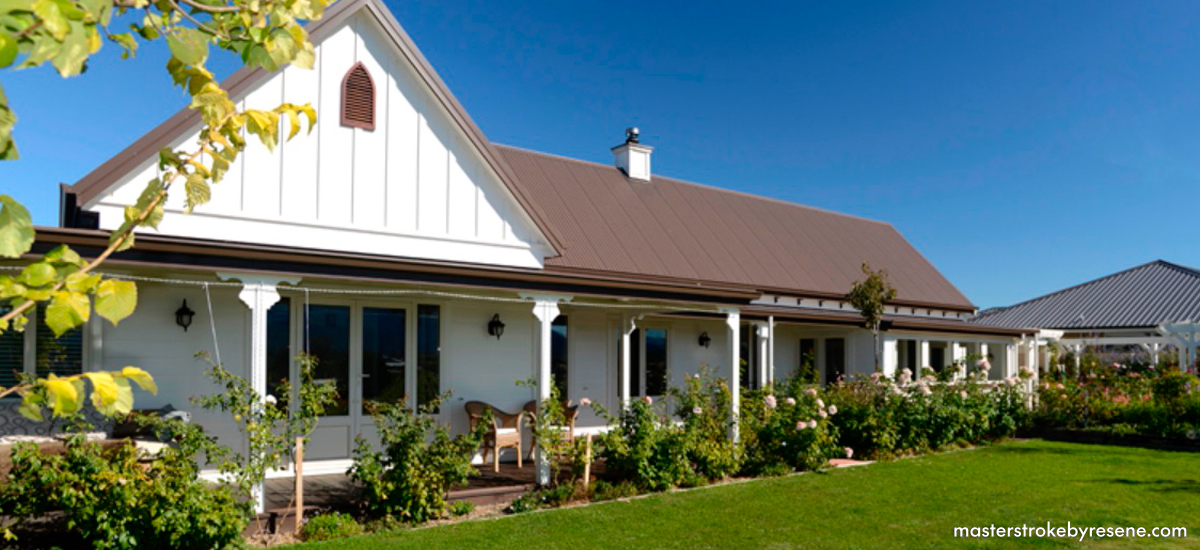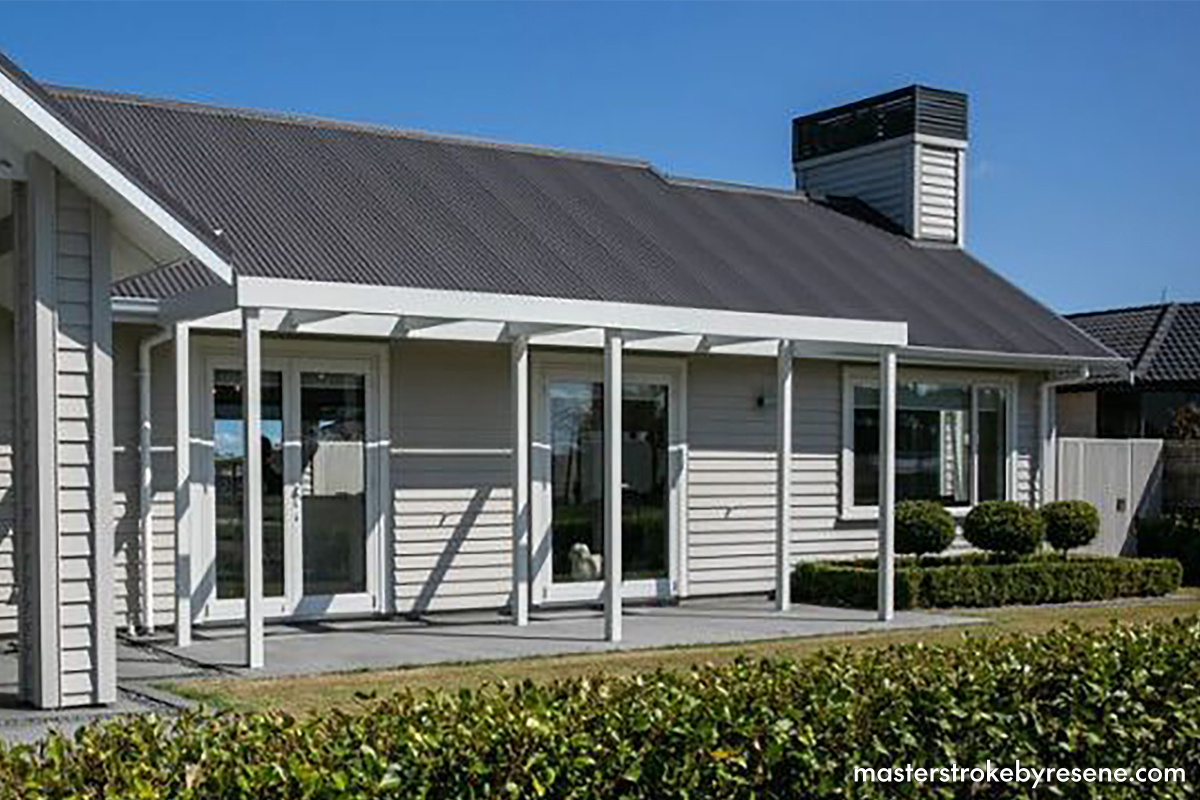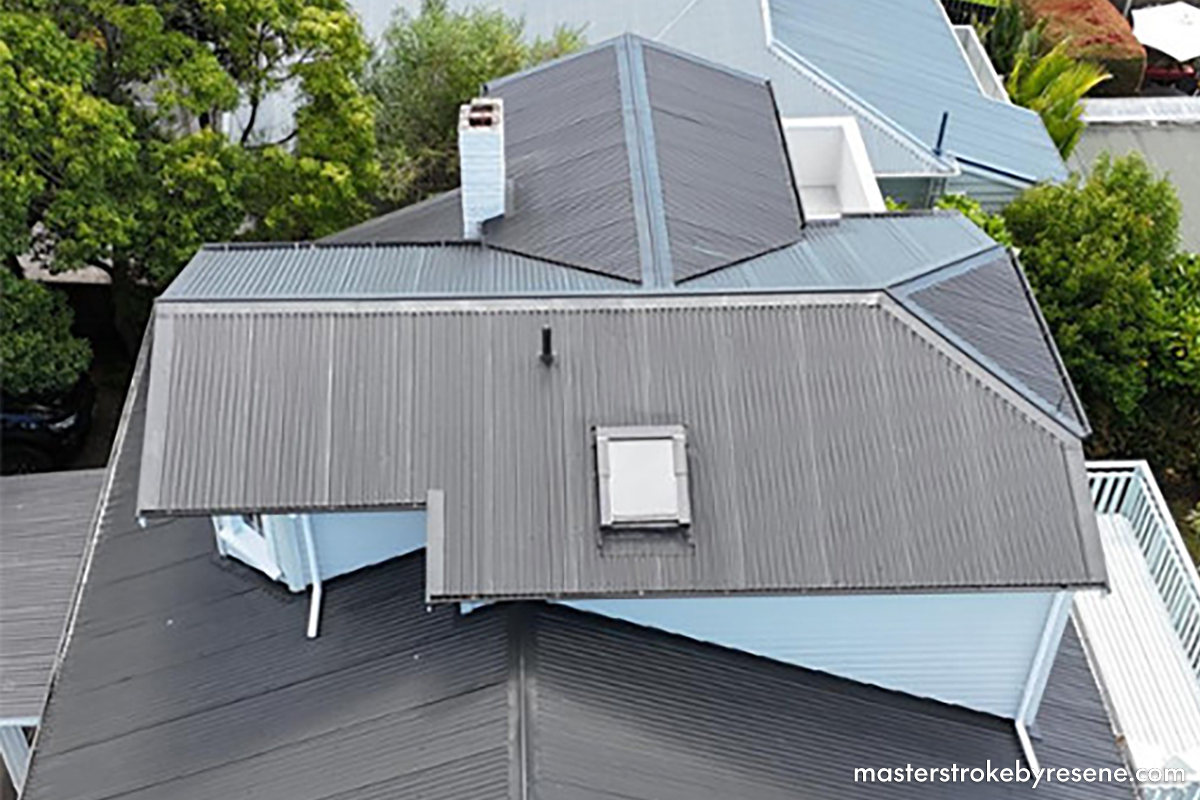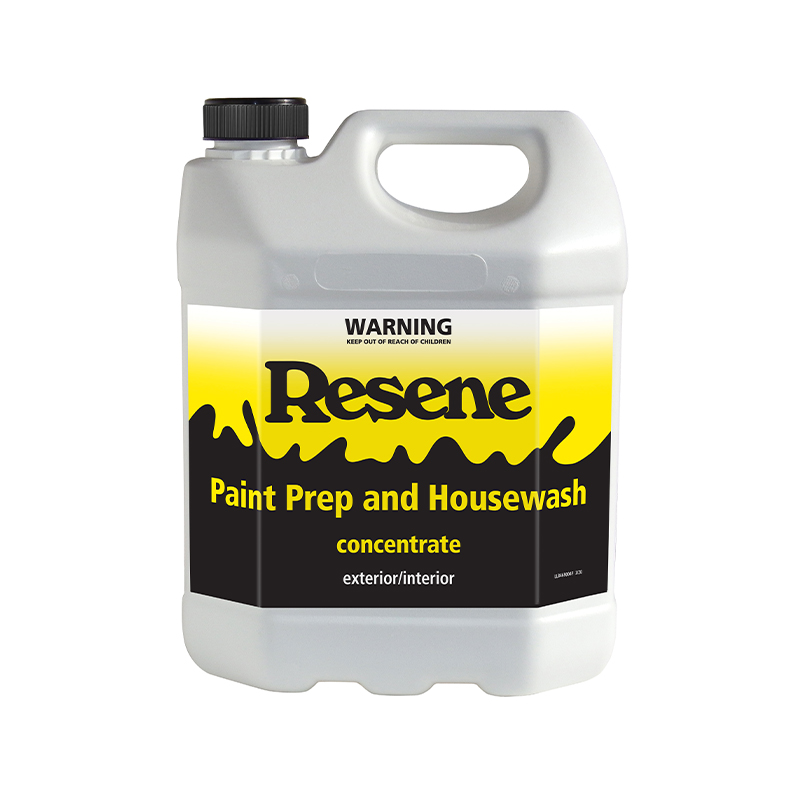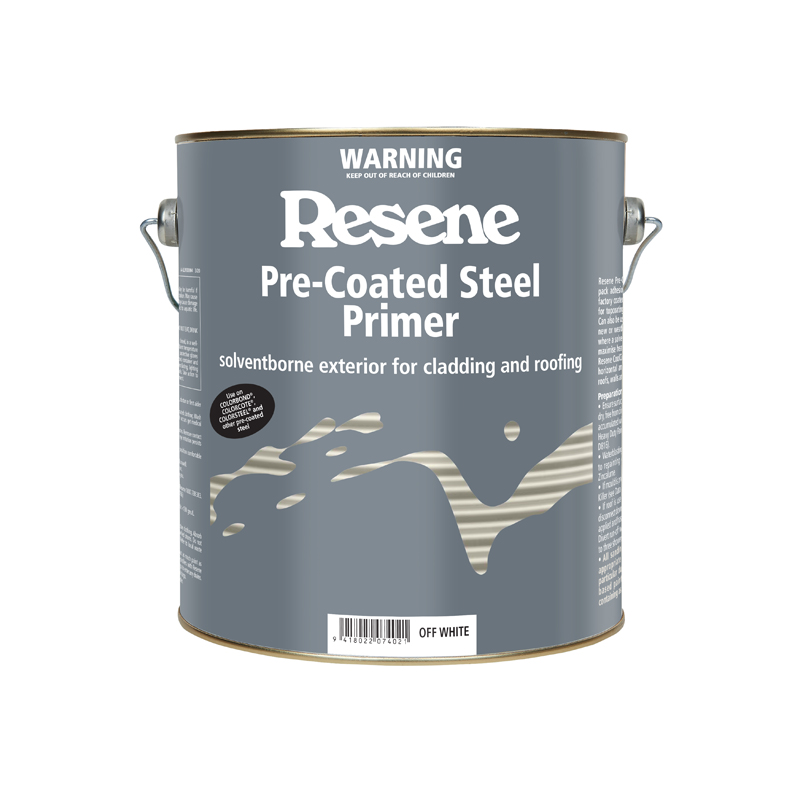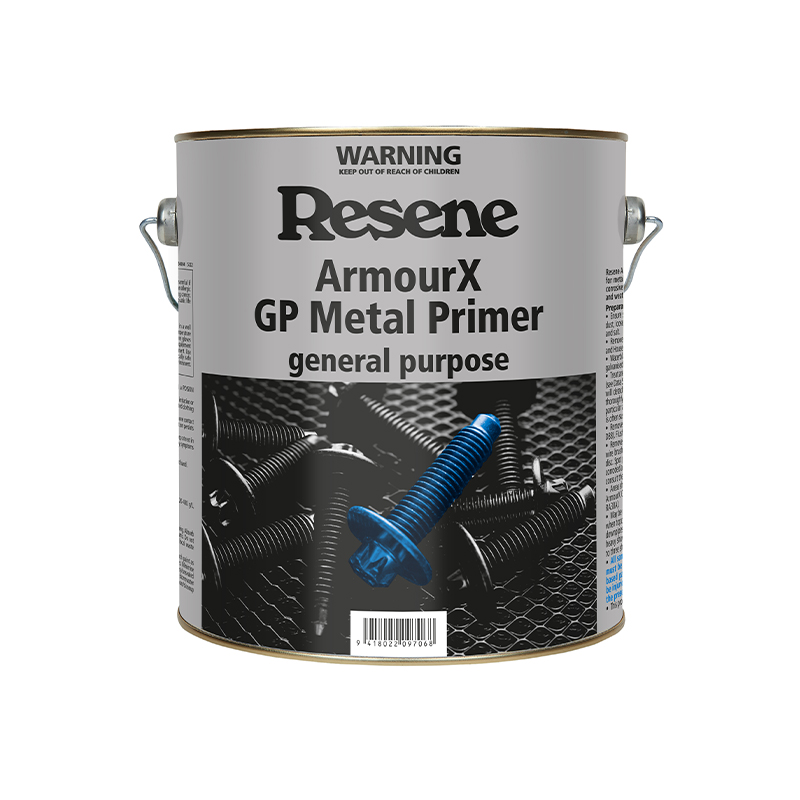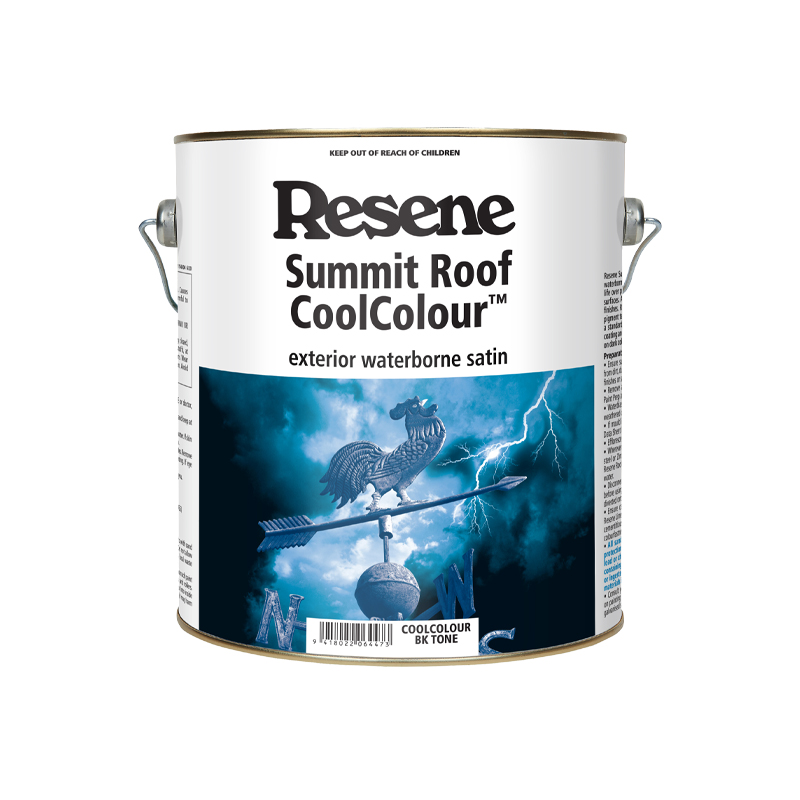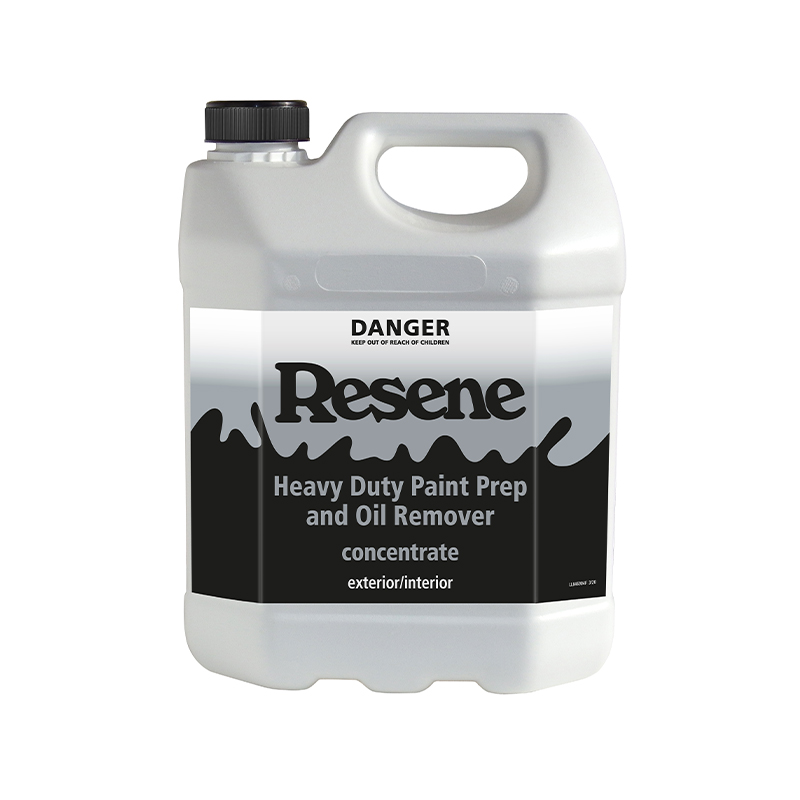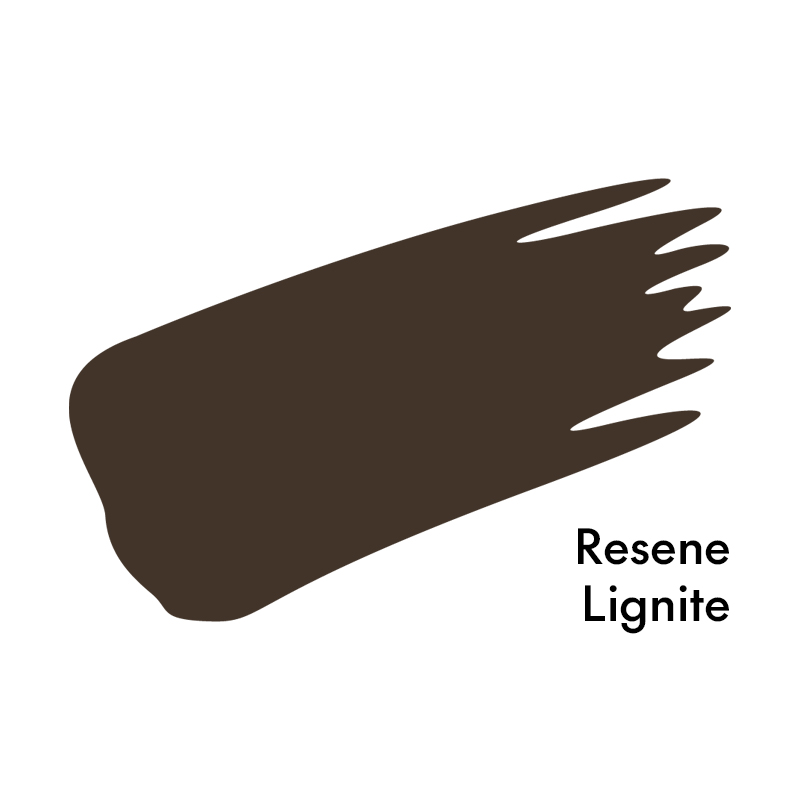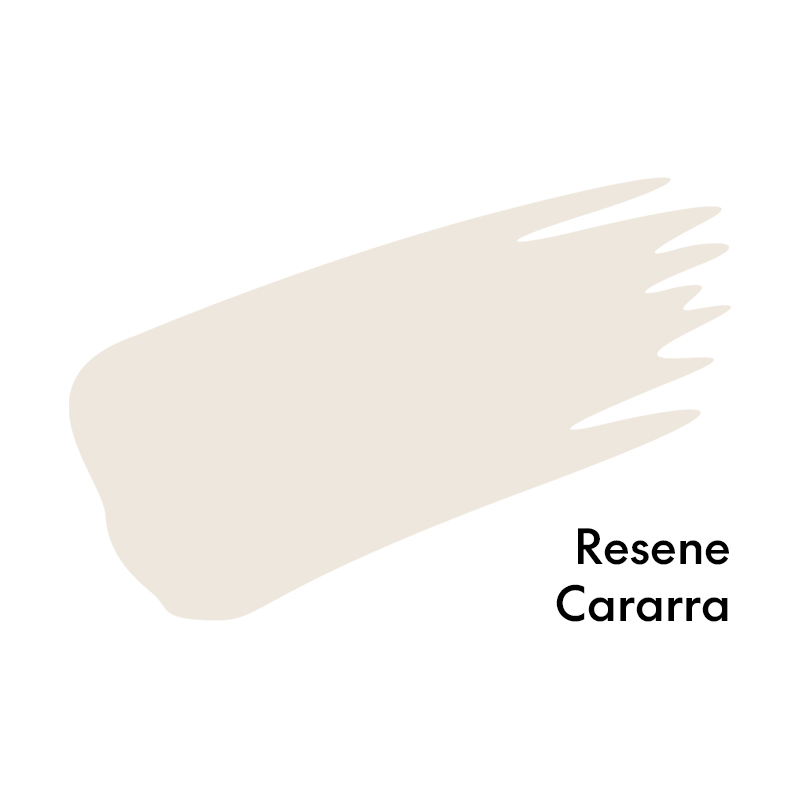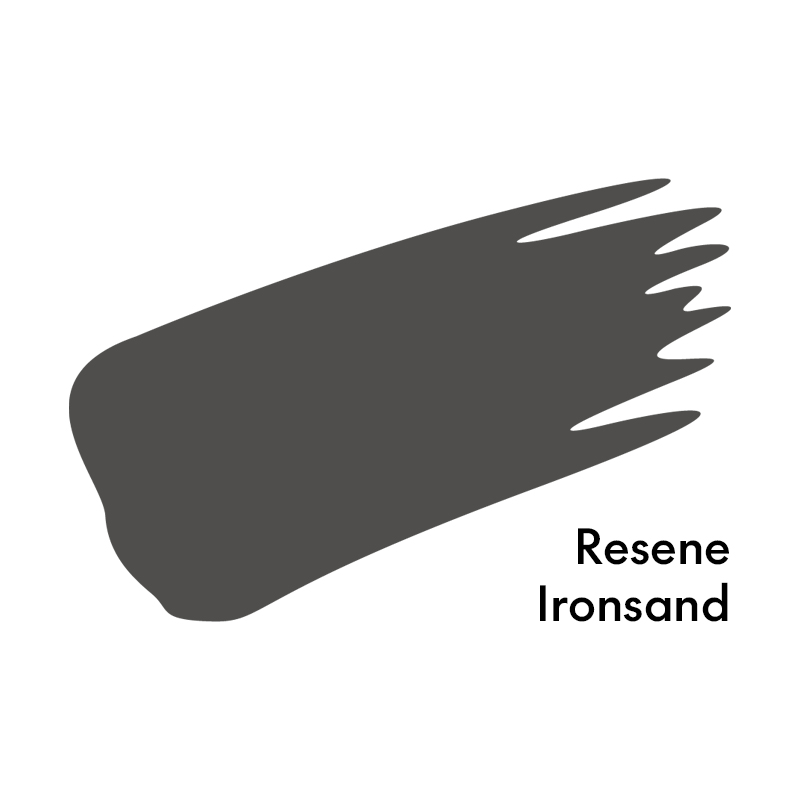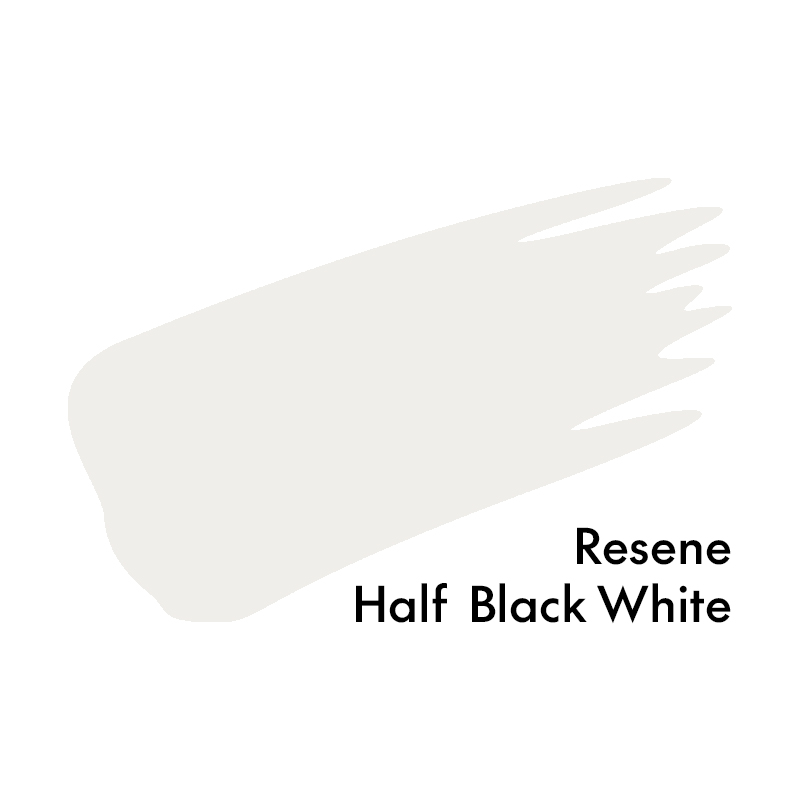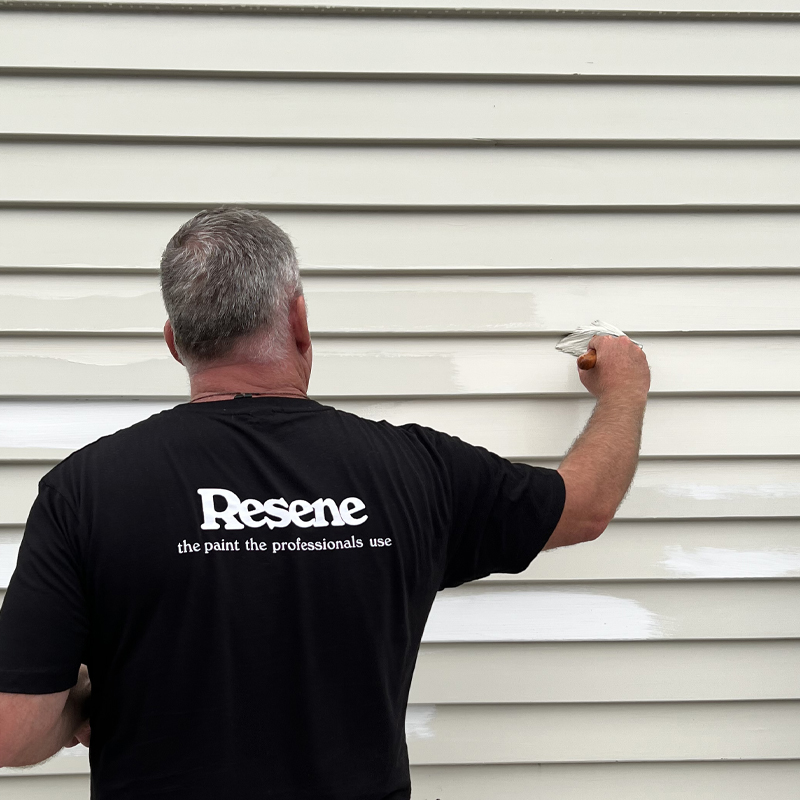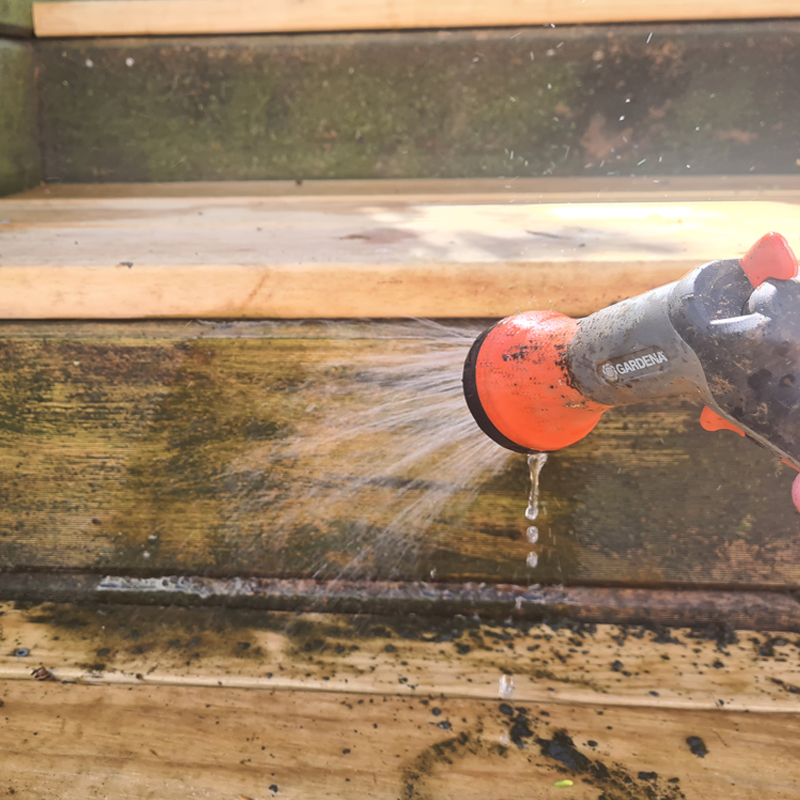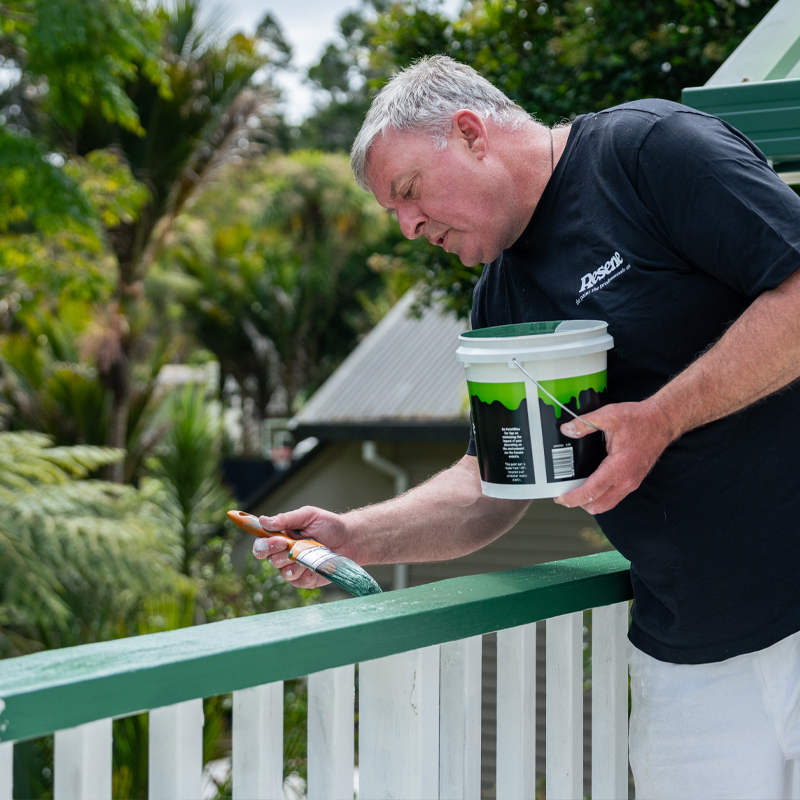Summer is time for a roof revival! The roof is your home’s crowning glory, and having it look spic and span infinitely increases street appeal and the overall look of your property. While it is certainly one of the more major home painting jobs, it can be undertaken by most enthusiastic DIYers armed with the right Resene products.
Whether you’re repainting an existing roof or choosing a colour for a new roof, there are a few key things to consider. If you’re thinking of using pre-coated (factory applied coating) colours such as COLORSTEEL® or COLORBOND®, always request a large metal sample to see how the colour will actually look against your existing colour scheme. Try to keep your guttering the same colour as your roof or joinery to create harmony.
Not all roofs are the same, so the guide below is focused on everything you need to repaint a COLORSTEEL® pre-coated roof and those painted with acrylic paint. Preparation is hugely important here, so for the best results possible, do not skip any of the pre-painting steps.
Depending on the roof’s age and location, there may be corrosion present – white and red rust and areas of flaking paint, with the possibility of mould and/or lichen infestation. Wind-blown salt deposits must be thoroughly washed off with copious amounts of water and the surfaces allowed to dry before painting commences. This work may need to be repeated daily depending on local wind conditions. Wind-blown salt and zinc corrosion products are hygroscopic (they absorb moisture from the air) and will draw water through the coating by osmotic effect. Along with wind-blown salts, all zinc corrosion products must be thoroughly removed before painting.

